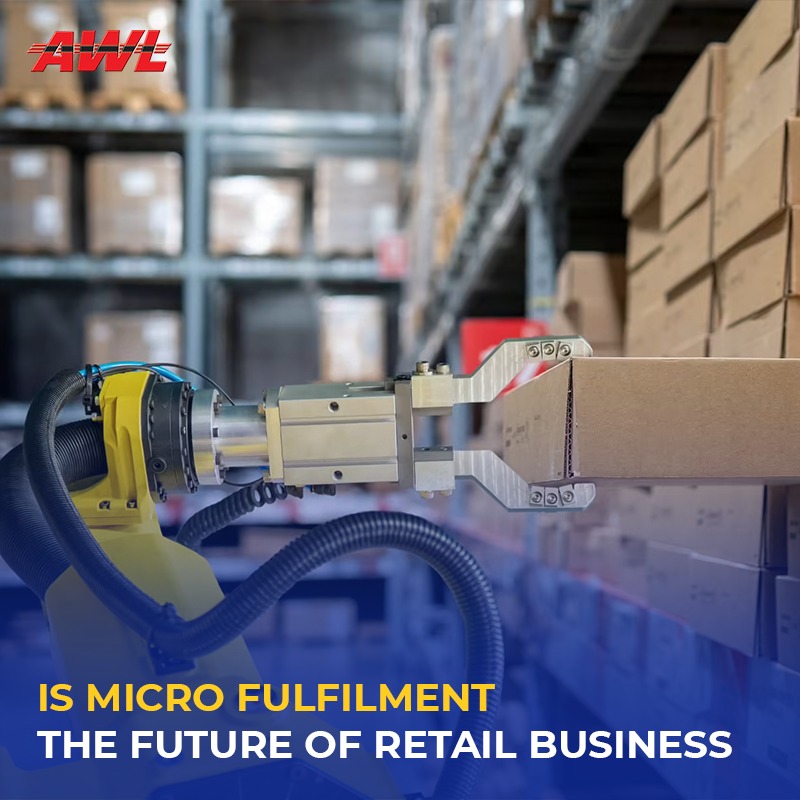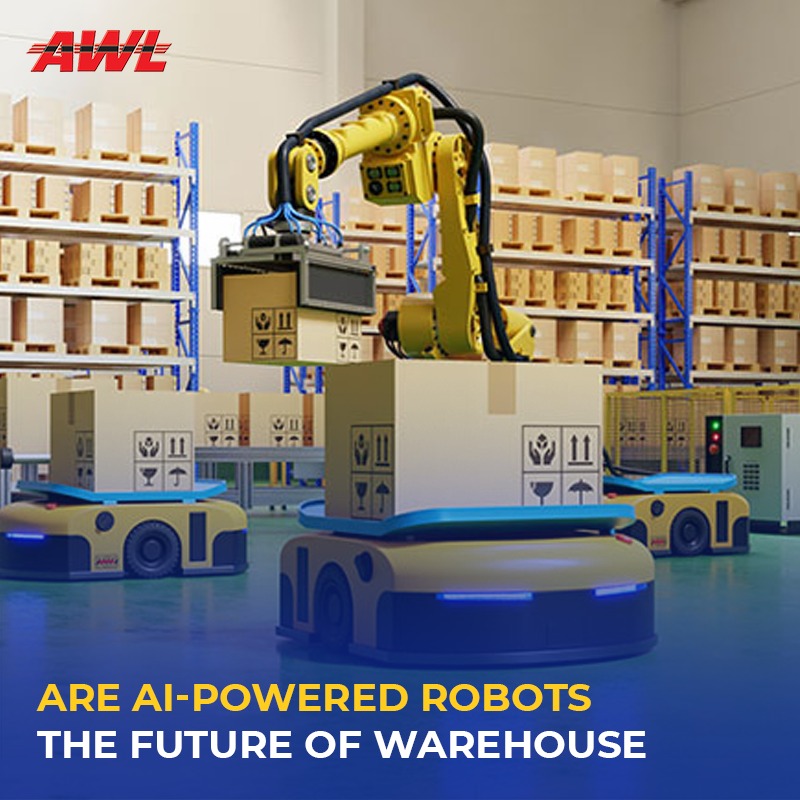

Maintaining the day-to-day operations of a warehouse can cost a lot of resources, effort, and time. For many emerging and established businesses, warehousing is still one of the areas that they neglect. This can disrupt the functioning of not only the warehouse but also the supply chain. It can even result in loss of sales, avoidable shipping delays, and so on.
With the help of smart warehouse technology , you can turn your warehousing operations upside down - for the better! In this age of modern technology and innovation, implementing warehousing measures that improve operations and increase efficiency is easier than ever before.
Technology has contributed to rapid advancements in the way warehousing managers orient their resources and interact with their customers. With the help of technology, people are able to use their existing resources in optimum ways to make their operations easier. At the same time, technology also has a hand in enabling businesses to scale up by implementing the resources better to boost their business.
Now, imagine the potential of growth an automated warehousing system can bring in for your business - it can fast-track operations, notify you about real-time inventory status, and ultimately, help you keep the customers happy with your efficient service. But how can this overall or partial automation be achieved in the warehouse to make operations easier?
A smart warehouse would be the updated version of your warehouse, installed with smart technologies that help your business produce more and better output. Think about your own warehouse but with better technology and resources so as to optimize operations.
But do you really need a smart warehouse even when your existing one is quite alright? Well, there can be many benefits of having a smart warehouse, and here are some of them:
Smart warehouses can automate processes, thereby improving the efficiency of the workflow and reducing the risk of error.
With the help of technology, you can process and use data better to study consumer behaviour, market trends, and more.
You can assess your business requirements better with the help of smart warehousing.
These are all key factors that can lead to substantial business growth and improve your service.
Some of the best technologies that you can (and should) implement in your warehouse in 2022 include the following:
Ever wondered how to consolidate your warehouse data more efficiently to make it more accessible? The answer is Warehouse Management System (WMS). The power of a single software, designed to fit the needs of your specific business, and your particular warehouse can change the way you manage your warehouse entirely.
This single software, designed to your particular business needs, will contain all critical information about your warehouse - from data to real-time updates about orders, order processing, shipments, delivery, and more. It can elevate the visibility of what goes on in your warehouse. What makes WMS really valuable is the fact that it makes your data really accessible to your network.
Introducing software to the warehouse could be a smart option for bringing the change that your warehouse needs. Since most people working in your warehouse will already be familiar with digital devices such as mobile phones, laptops, tablets, etc., getting used to a new software application on their devices should be ideally seamless.
The software provides quicker results and is fairly easier to implement than other tech updates (automation, for instance). Here is why businesses resort to using WMS:
Optimized warehouse
Improved inventory accuracy
Improved accuracy in demand forecasting
Real-time data access that increases supply chain visibility
Reduced labor costs
Streamlined warehouse processes
Improved warehouse flexibility
Improved warehouse safety
Improved customer service
The concept of IoT can help you entirely transform the way your warehouse functions. It is an intelligent technology that can be an interactive tool for you to control your warehouse operations. It can also help reduce the risk and mistakes that can cause you to lose business.
IoT helps you to synchronize your data in a one-stop platform, hence helping you with inventory control. With IoT-enabled inventory tracking systems, managers can realize the need for restocking or inventory management well beforehand.
Using analysis systems to read data from the warehouse, and even the conveyances can be used to implement measures to keep the goods safe from theft, damage, etc., and to improve planning as well as customer service.
Similarly, using devices such as temperature sensors can help your goods from perishing due to bad storage conditions. This can be really important for you if you deal in cold chain products. There is only so much that one can do manually. But relying on technology can make it more convenient, efficient, and flawless!
Mobile devices such as barcode scanners, RFID, and tablets are easy to use and widely accessible. So, even if your business cannot afford all the high-end technology right now, you can still use these devices at your disposal. With the help of these mobile devices, you can help maintain accuracy with orders, improve visibility in your warehouse and keep things under your scrutiny at all times. Some of these devices can help you know the exact location of the goods by virtual tracking and identification. Also being conveniently handy, mobile devices are great to improve the efficiency of the warehouse.
How can we mention technology and not talk about automation? There are predictions that convey that automation is the next big thing that will happen to the warehousing industry. And it could be true - there are far too many processes that are handled manually in the warehouse to this day. Not to mention that some of these processes (or the equipment involved in them) can be risky even for warehouse experts to handle.
With the introduction of Automated Mobile Robot (AMR) technology, you can significantly reduce the need for manual labor and replace it with reliable, accurate, and fast-paced robots. These robots can be as good or even better than their human counterparts. There are already robots that can perform numerous physical tasks like picking up items, packaging, picking pallets and transporting them, and more. Some more simple AMRs include:
Driverless Forklifts - Can be used to pick up heavy pallets, drive to the desired location, and drop the goods carefully.
Conveyor Belts - Quickens the pace of the movement of goods.
Drones - Can be used to pick and drop goods from one location to another without disrupting other tasks.
Believe it or not, you do not need to be a complete tech-nerd to be able to use blockchain!
Blockchain is an innovative way of record-keeping that can be implemented in a warehouse to improve operational efficiency and security. This method of record-keeping can be the best way to make your data secure and tamper-resistant. Competing businesses often resort to measures like hacking data to measure progress, or harm your business by inputting false data, etc. Through blockchain, you can stay relieved because if a hacker were to tamper with the data in one of your systems, you would be able to identify it because each transaction that takes place will be recorded on all of your computers in the network.
This can also help in improving accountability in the workplace, not to mention, increasing transparency. You can stay worry-free as you share critical information with your vendors and suppliers or record your inventory transactions using blockchain.
Warehousing operations might require more attention and investment than you think! And with the right investment in the right resources (like WMS, and other smart warehouse technologies), you can upgrade your warehouse operations, which will consequently result in improving other aspects of your business. Get on with the latest warehousing technologies for a better-streamlined supply chain, on-time delivery of goods, and happy customers, of course!

